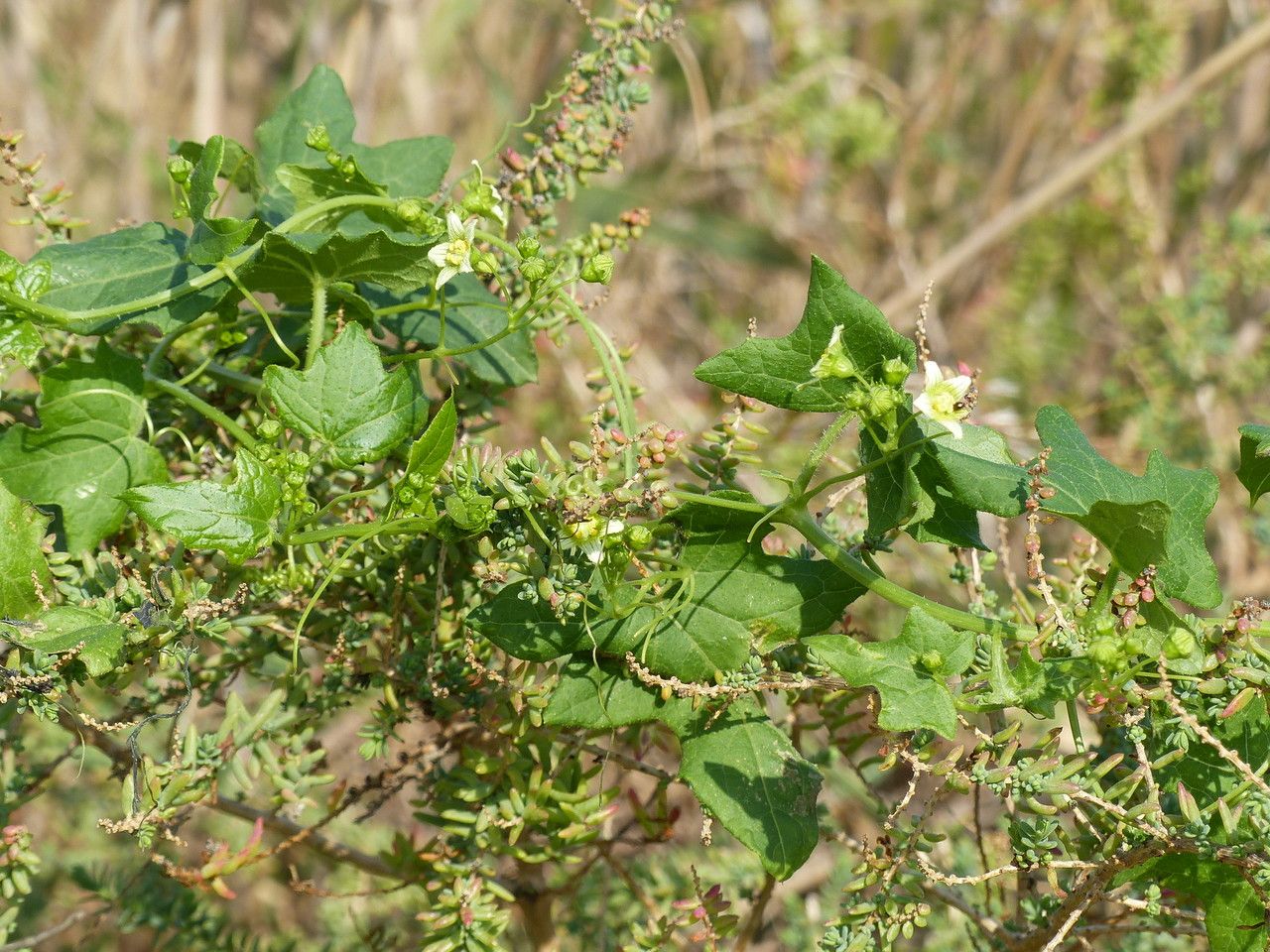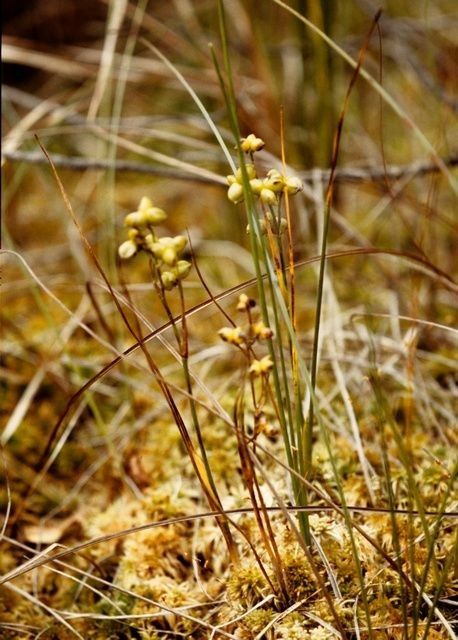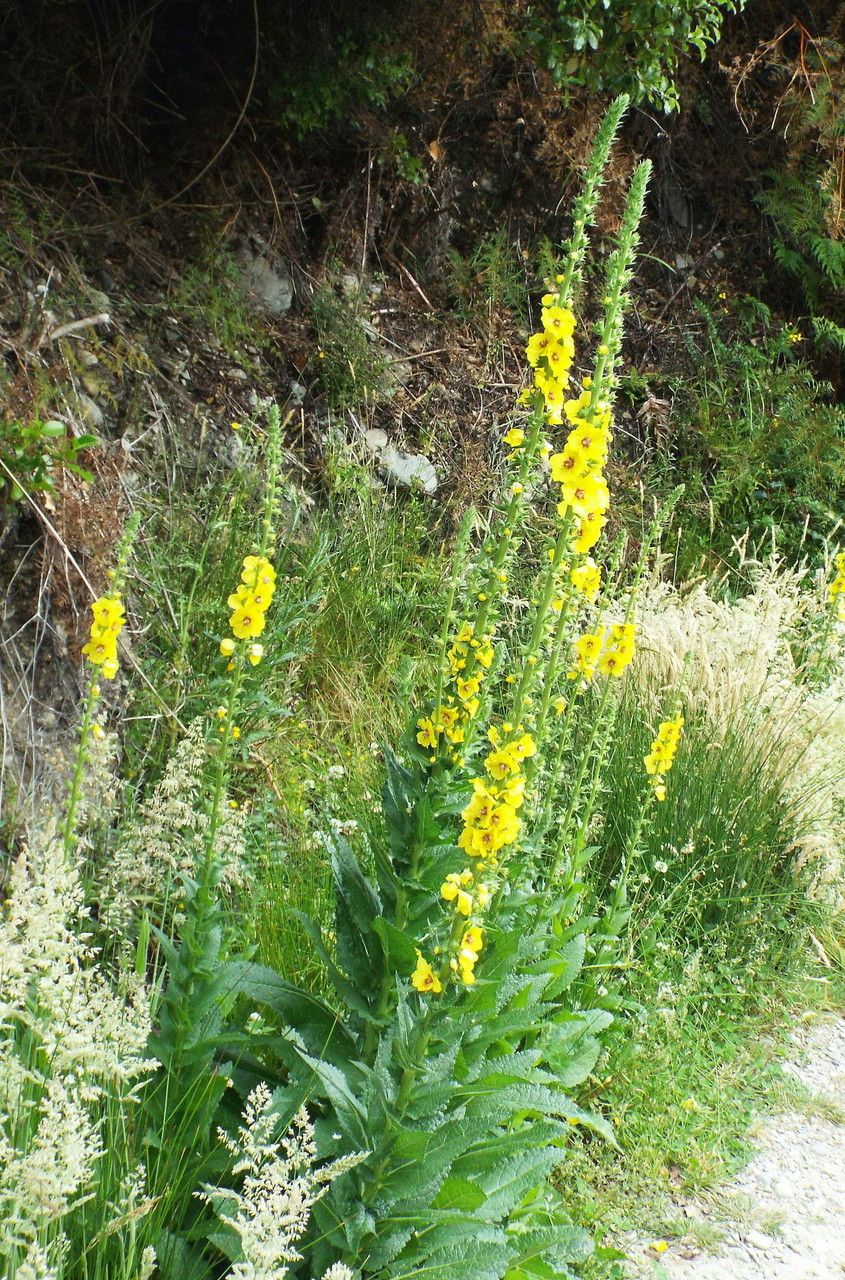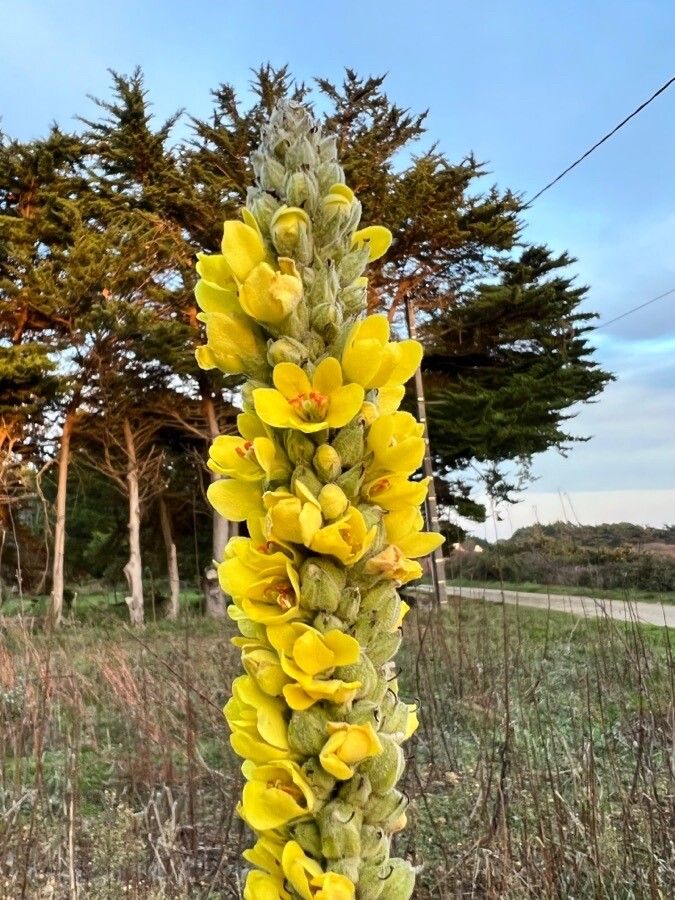## White Bryony: A Comprehensive Guide
White Bryony ( *Bryonia dioica*) is a vigorous, climbing plant belonging to the Cucurbitaceae family, which also includes cucumbers, melons, and gourds. While its delicate white flowers might initially seem charming, this plant is known for its toxicity and should be treated with caution. This comprehensive guide will delve into its identification, habitat, growth characteristics, and important safety considerations.
### Identification
Identifying White Bryony accurately is crucial due to its toxicity. Key features include:
* **Climbing habit:** It's a robust climber, using tendrils to ascend walls, fences, and other supports.
* **Leaves:** Palmate, 5-7 lobed, and roughly textured, resembling a hand with outstretched fingers.
* **Flowers:** Small, creamy-white to greenish-yellow flowers in clusters, appearing from late spring to early summer.
* **Berries:** The most distinctive feature: bright red, pea-sized berries that appear in late summer and autumn. These are particularly attractive to birds but are poisonous to humans.
* **Stems:** Angular and often hairy.
Distinguishing White Bryony from similar plants is essential. It can be confused with other climbing plants, so careful observation of all characteristics is necessary. If you're unsure of identification, do not handle the plant.
### Habitat and Growth
White Bryony thrives in a variety of habitats, including hedgerows, scrubland, woodland edges, and even waste ground. It prefers well-drained soil and tolerates both sun and partial shade. This plant's vigorous growth can make it invasive in some areas. It spreads both by seed and through its extensive root system.
### Toxicity and Safety
**White Bryony is poisonous.** All parts of the plant contain toxic compounds that can cause severe gastrointestinal upset, skin irritation, and even more serious consequences if ingested. Avoid contact with the plant, and always wash your hands thoroughly after handling it. Keep children and pets away from it. Never attempt to use White Bryony for medicinal purposes without the guidance of a qualified herbalist – its toxicity makes it dangerous for self-medication.
### Historical and Cultural Uses
Despite its toxicity, White Bryony has been used historically in traditional medicine (though this is not recommended today). Its root was once used for various purposes, highlighting the importance of modern understanding of its toxicity and the risks associated with its use. Due to its toxic nature, this information is provided purely for historical context.
### Conclusion
White Bryony, while visually interesting, requires careful handling. Understanding its identification and toxicity is paramount. Appreciate this plant from a safe distance, and always prioritize safety when encountering it in the wild. Remember to consult with experts before handling any unfamiliar plants.
White Bryony: Identification, Care & Growing Guide

Frequently Asked Questions
How to identify White Bryony?
Look for its climbing habit, palmate leaves, small white or greenish flowers, and bright red berries. However, if unsure, do not handle it.
Is White Bryony poisonous to humans?
Yes, all parts of White Bryony are poisonous and can cause severe gastrointestinal issues, skin irritation, and other problems if ingested or touched. Avoid contact.


